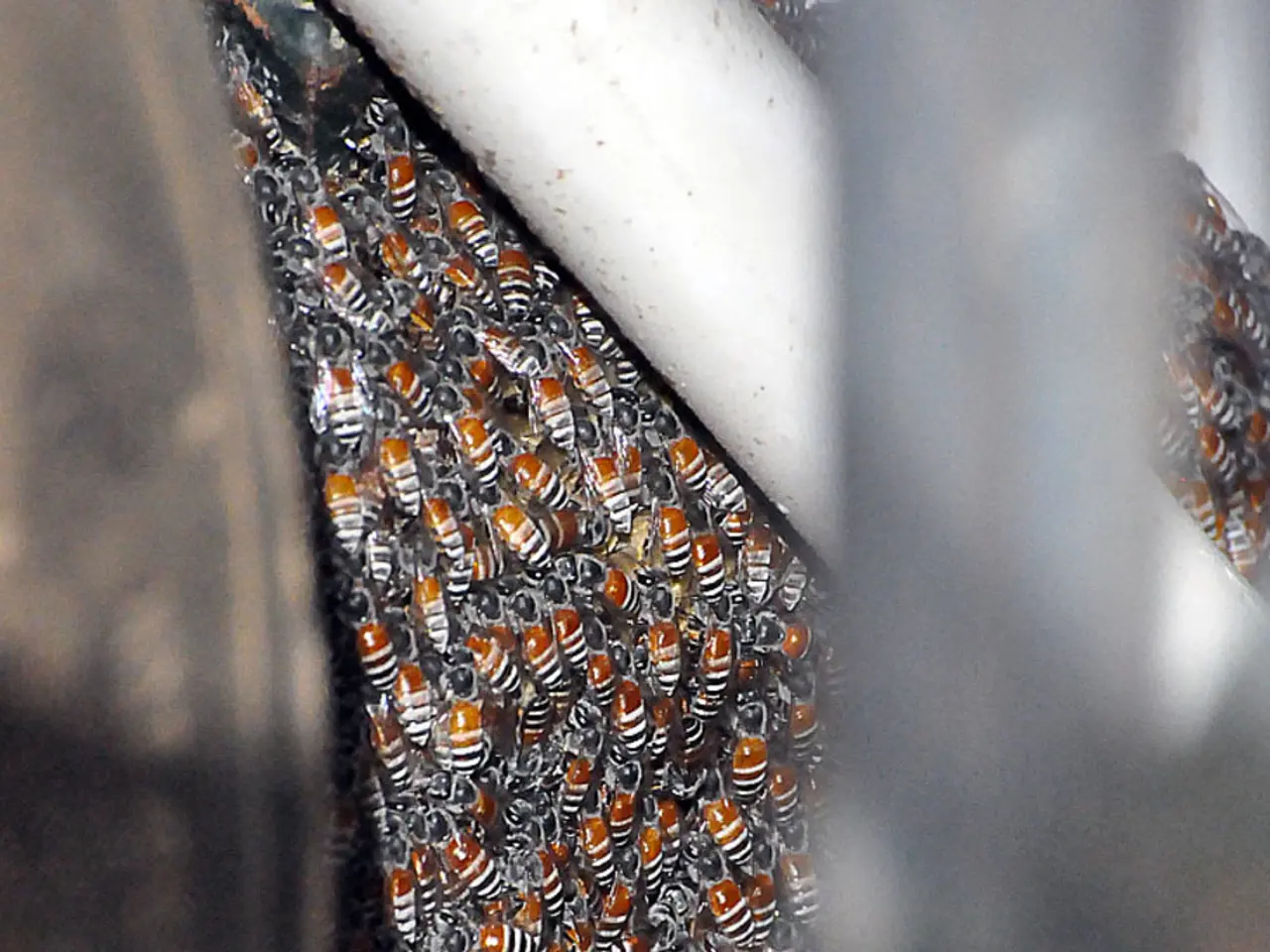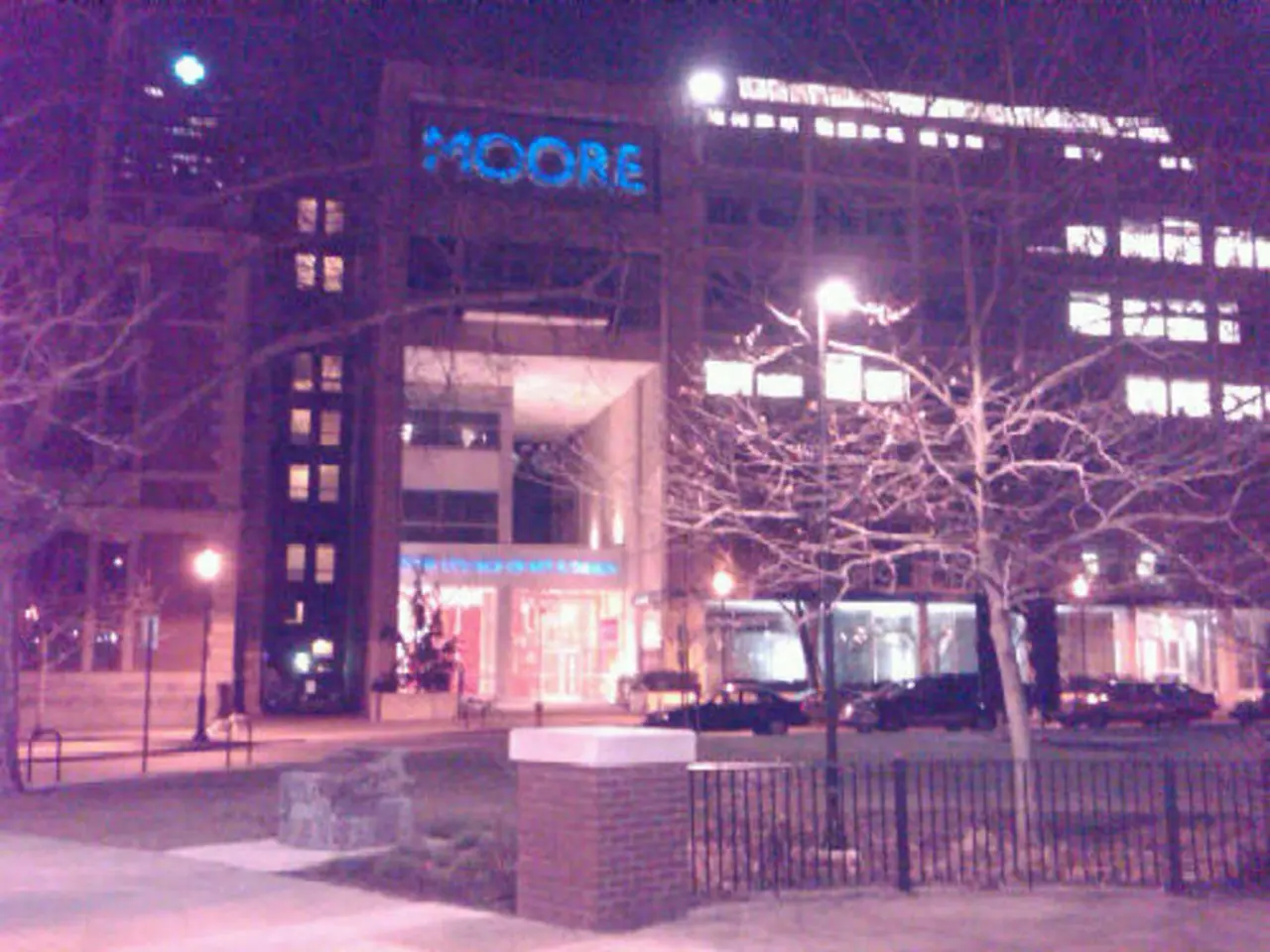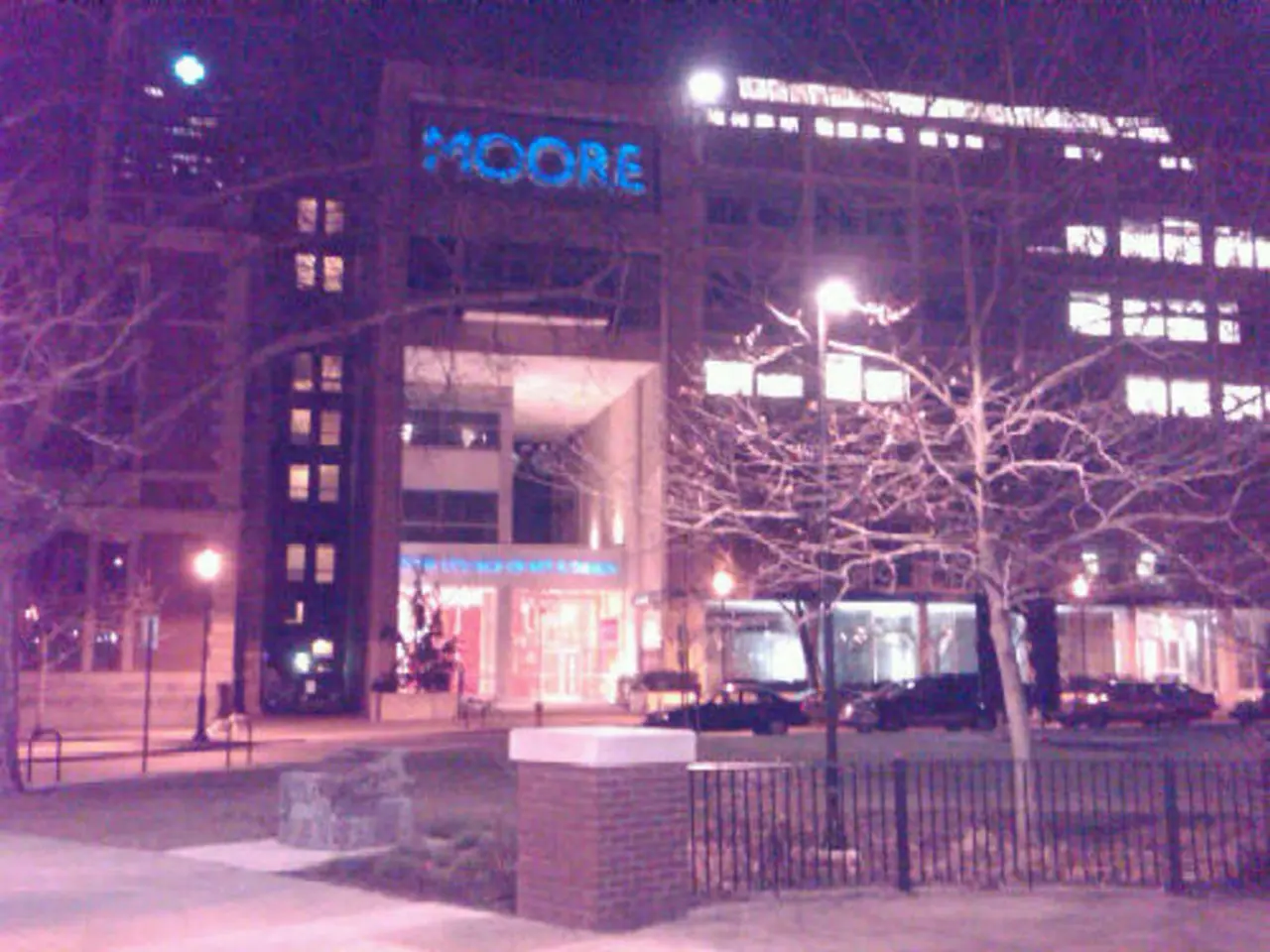Summertime Stinging Pests: Alleviating Wasp Sting Discomfort
In the warmer months, encounters with bees and wasps can unfortunately be common. Here's a guide on how to treat and prevent bee and wasp stings effectively.
Firstly, if you've been stung, clean the area immediately with soap and water to prevent infection. It's important to remove the stinger promptly, especially in the case of a bee sting, by gently scraping it off with a credit card or fingernail. Avoid squeezing the skin as it might push more venom into the skin.
To reduce pain and swelling, apply a cold pack or ice wrapped in a cloth for 10-15 minutes. Soothing treatments such as calamine lotion, hydrocortisone cream, or antihistamine creams/medications can also provide relief from itching and inflammation.
Home remedies like baking soda paste, aloe vera gel, witch hazel, or apple cider vinegar can help neutralize the venom and calm the skin. However, be cautious with thick onion slices, a common home remedy for wasp stings, as they can irritate the skin if left on for too long.
Staying calm and moving away from the insect is crucial to avoid further stings. A light breeze or a blow can help remove heat from the skin, enhancing the cooling effect.
Prevention tips include wearing protective clothing outdoors, avoiding scented perfumes or bright colors that attract insects, and being cautious around food and open garbage.
However, if you experience difficulty breathing, swelling of the face or throat, rapid pulse, dizziness, or fainting, seek medical attention immediately. These signs could indicate an allergic shock. Additionally, large swelling, severe pain, or spreading redness, signs of infection such as increased warmth, pus, or fever, also warrant immediate medical attention.
Allergic individuals may benefit from venom immunotherapy (desensitization treatment) after evaluation by an allergy specialist to reduce future severe reactions.
In case of a bee or wasp sting in the mouth or throat, suck on ice or ice cubes and apply a cold compress to the neck. If this happens for the first time, call the emergency number 112 in case of an allergic shock. The Health Knowledge Foundation also suggests cooling down a bee or wasp sting with cold water or ice cubes.
An antihistamine gel is recommended for relief from the symptoms of a bee or wasp sting, and Prof. Thilo Jakob, a board member of the German Dermatological Society, advises checking for the presence of a stinger in the skin.
By following these steps, you can effectively treat a bee or wasp sting, find relief from its symptoms, and prevent future stings.
Incorporating the given words, here are the relevant sentences:
- For health-and-wellness reasons, consider exploring various therapies-and-treatments, such as soothing treatments like calamine lotion or hydrocortisone cream, to manage the itching and inflammation caused by bee and wasp stings.
- Fitness-and-exercise & health-and-wellness activities, like running or cycling, can help boost your immune system, making your body better equipped to handle and recover from bee and wasp stings more effectively.




